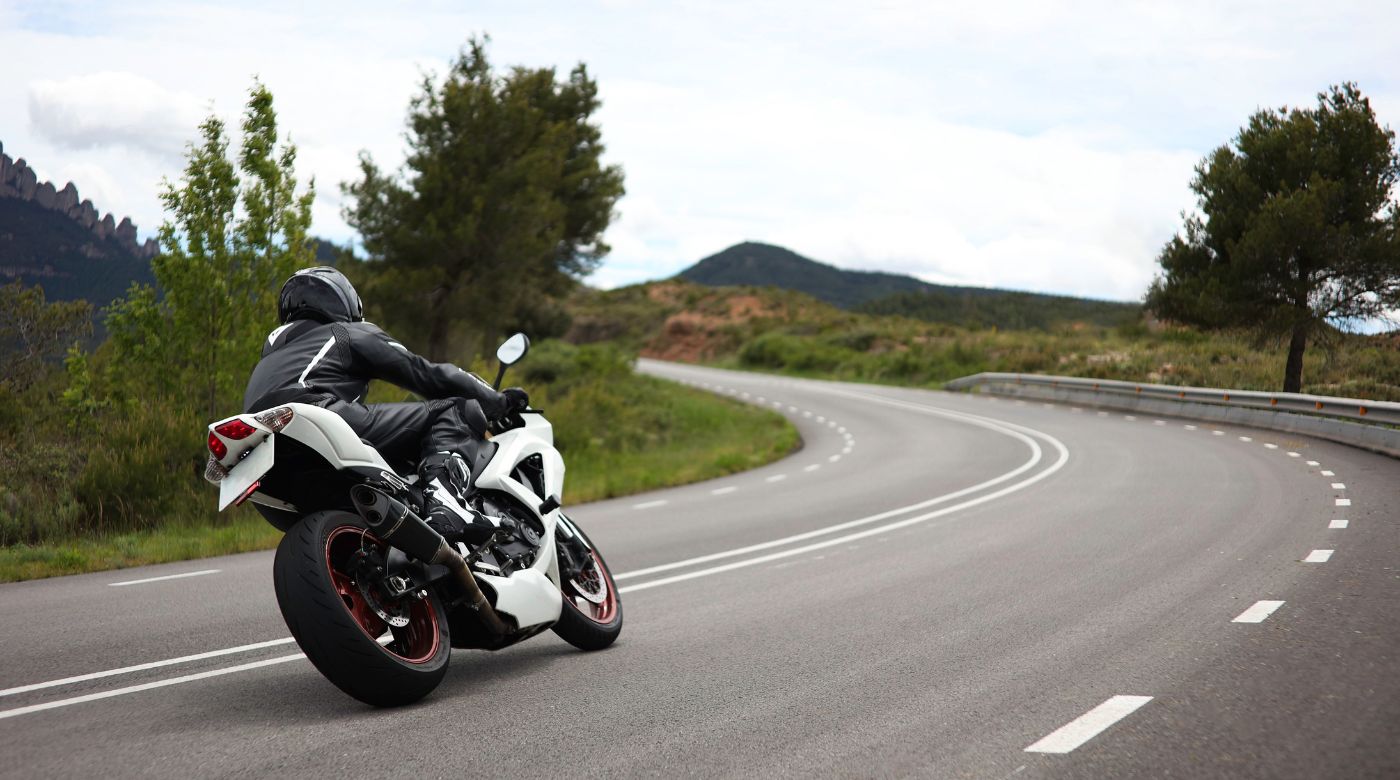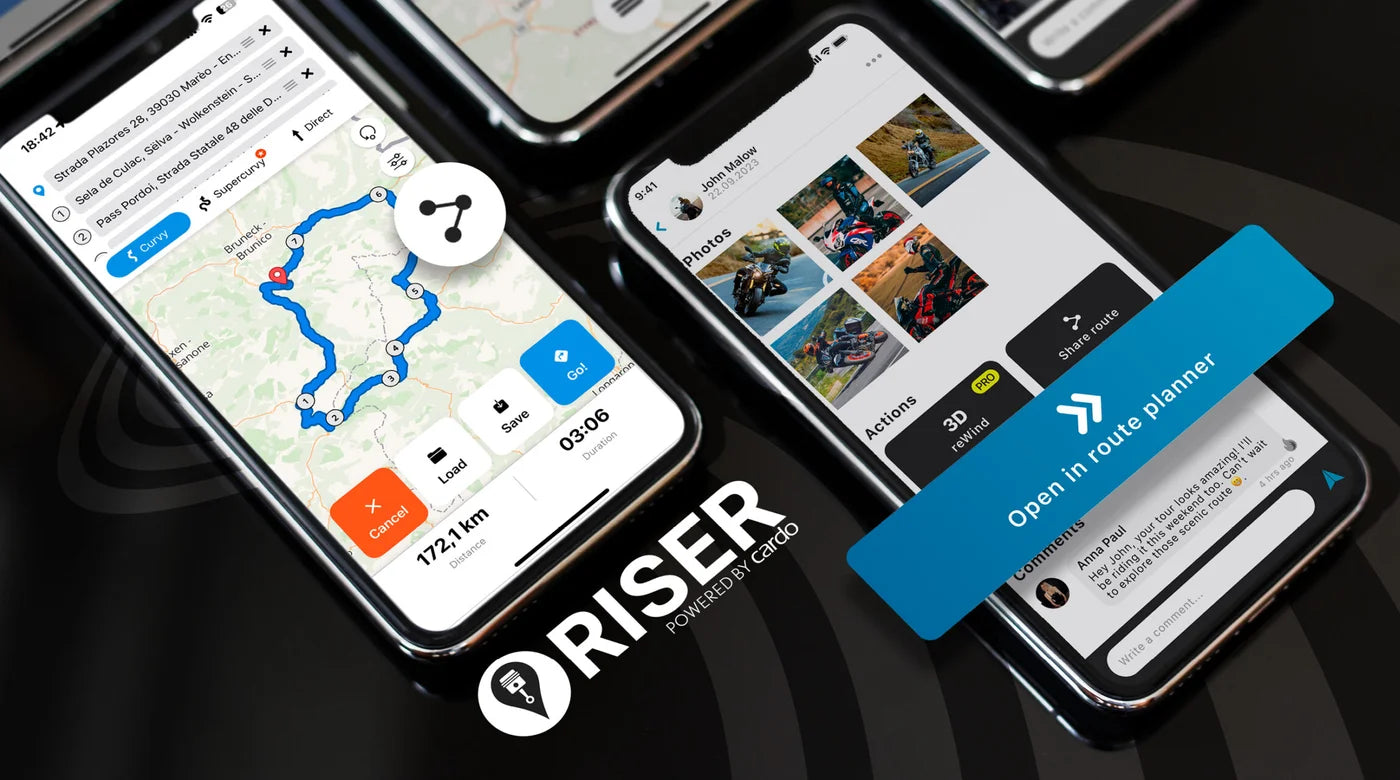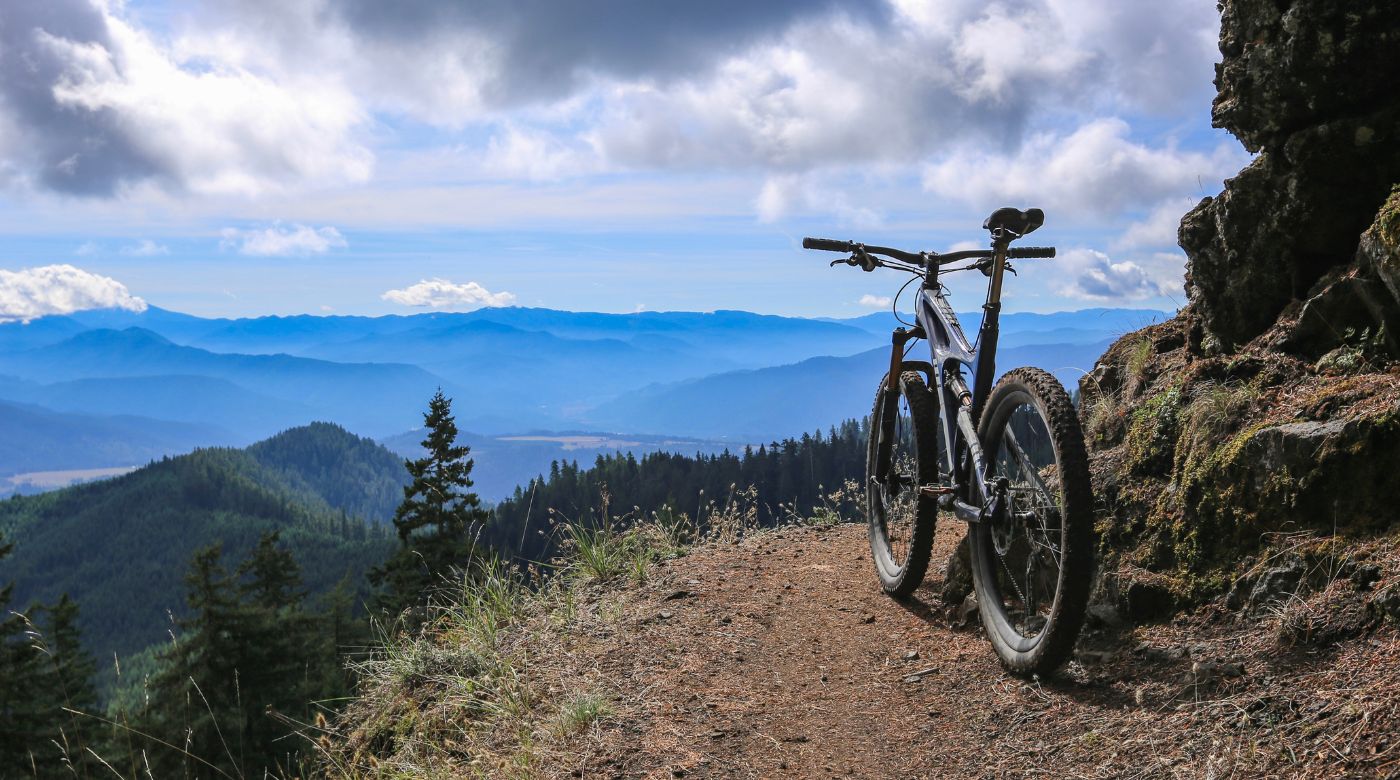Riding a motorcycle isn’t as hard as most people think. It’s on par with learning how to ride a bike, except you’re using an engine instead of pedaling your feet to get where you’re going. If you already know your way around a bike, you’re already halfway there. And you can still learn to ride a motorcycle fairly easily, even if you’ve never touched a bicycle in your life. Use the following tips to start off on the right foot.
What to Know About Riding a Motorcycle
Whether you’re commuting on a motorcycle or just riding for fun, it’s important to know the general age to get your motorcycle license. You generally need to be at least 16 years old to start riding. You will need to get a motorcycle license and learner’s permit even if you already have a valid driver’s license. Contact your local state office of motor vehicles to learn more.
1. Use the Proper Safety Gear
To ride safely, you will need all the proper motorcycle gear. There are no seatbelts or airbags to support you in case of an accident. Protect your skin by covering up with durable layers, including thick pants, boots, gloves, and a long-sleeve jacket. Wear a full-face or half-face helmet with goggles to protect your head and face.
Find a helmet that fits your head’s exact shape and size by trying it on in the store. You can also measure the circumference of your head using a soft measuring tape when ordering a helmet online. Consider adding pads on your knees and elbows to make it easier on your body. You’re bound to fall at least once, and wearing additional protective riding gear will help you get back on your feet as soon as possible.
Use a Bluetooth Helmet Communicator to Stay Connected on the Road2. Start with the Right Bike
Choosing your first motorcycle is a thrilling step, and getting the right bike can make all the difference to your riding experience. For new riders, selecting a motorcycle that’s a good fit for your body size and skill level is essential.
Starting with a lighter, more manageable bike can boost your confidence and help you master the basics, like driving in a straight line or making a U-turn, more comfortably. Your first bike should be one that you feel comfortable sitting on, with both feet able to touch the ground.
Additionally, consider the bike's weight and power. A heavy or very powerful model can be overwhelming and challenging to control when you’re just starting out. Generally, a motorcycle suitable for new riders will weigh between 300 to 500 pounds. These lighter bikes are easier to maneuver and less cumbersome to handle.
In terms of power, a beginner should look for a motorcycle with an engine size between 250cc to 500cc. These engines offer enough power to keep riding interesting but are not so strong that they become difficult to control.
3. Learn the Controls
As a new biker, familiarize yourself with the clutch lever, front brake and rear brake while the bike is stationary. This practice ensures that you know exactly where each control is and what it does, minimizing any fumbling when you’re on the move.
When you first hear the engine start up, it might be a little startling, but it’s an essential part of becoming familiar with your new ride. Take your time to understand how to use the clutch lever to smoothly engage and disengage the engine from the drivetrain, which is essential when you start or stop. Learn how the front and rear brakes differ in their impact on the bike's stopping power, and practice applying them gently to get a feel for their effectiveness.
Don't forget to get comfortable with how to shift gears, as mastering this will make your rides smoother and more enjoyable. Making these controls second nature will set you up for success on every ride.
4. Practice Balance
Balancing a motorcycle, especially at low speeds, can be challenging, but it's a vital skill that all motorcyclists need to master. When you’re just starting out, practicing your balance will help you build the muscle memory that experienced riders rely on. Try to find a safe, quiet place where you can practice this without too much traffic around.
A great way to improve your low-speed balance is to practice cornering and downshifting smoothly. These techniques require precise control and help you maintain stability when maneuvering the bike. As you practice, you’ll learn how to adjust your speed and posture subtly, which enhances your overall balance.
This kind of practice not only prepares you for typical riding scenarios but also builds your confidence on the bike. Over time, these actions will become second nature, allowing you to enjoy safer and more controlled rides.
5. Take a Beginner’s Motorcycle Safety Course
Riding a motorcycle for the first time has a steep learning process. Consider taking a motorcycle training course in your community to learn the basics from a trained professional before you hit the road. Most beginner rider courses offer around 15 hours of training, including five hours of classroom learning and 10 hours of actual driving time. You will feel much more confident when you finally take off on your own. You can also pair up with a more experienced driver and try out a few moves in an empty parking lot.
6. Stay Connected While Riding
We are all used to using our phones and other mobile devices pretty much every second of the day. You may be tempted to look down at your phone or check the map on the GPS while riding, but it’s never a good idea to take your eyes off the road. Use a Bluetooth helmet communicator to stay connected to your phone and GPS while riding. The device clips onto your helmet without blocking your view. Just speak into the device to access your device hands-free.
You can also use your motorcycle Bluetooth headset to keep in touch with your instructor, fellow riders and other members of the biking community. The device works like a radio, connecting you to 15 other riders at a time. They can talk you through the experience as you learn to navigate the controls in real time.
Shop for a Motorcycle Bluetooth Headset from Cardo7. Trust the Lean
Mastering the art of turning on a motorcycle can be one of the hardest parts of learning how to ride. Twisting the handlebars won’t be enough to turn your bike at high speeds. You’ll need to use your body weight to turn the bike in the direction you want to go. This involves leaning your weight to one side. This can be unnerving for some riders as the fear of falling starts to set in, but the truth is that your bike can lean much farther than you may realize.
Leaning far to one side is the only way to turn at high speeds. Try setting up a long stretch of road that curves to one side. Drive around the outside of the curve and give yourself plenty of time to get into the lean. Avoid making any sudden movements to avoid losing your balance.
Discover the Joy of Motorcycle Riding
Learning how to ride a motorcycle can be one of the most rewarding experiences of your life. You will gain your freedom in more ways than one. Keep these tips in mind to make the most of your first time out on the road.





